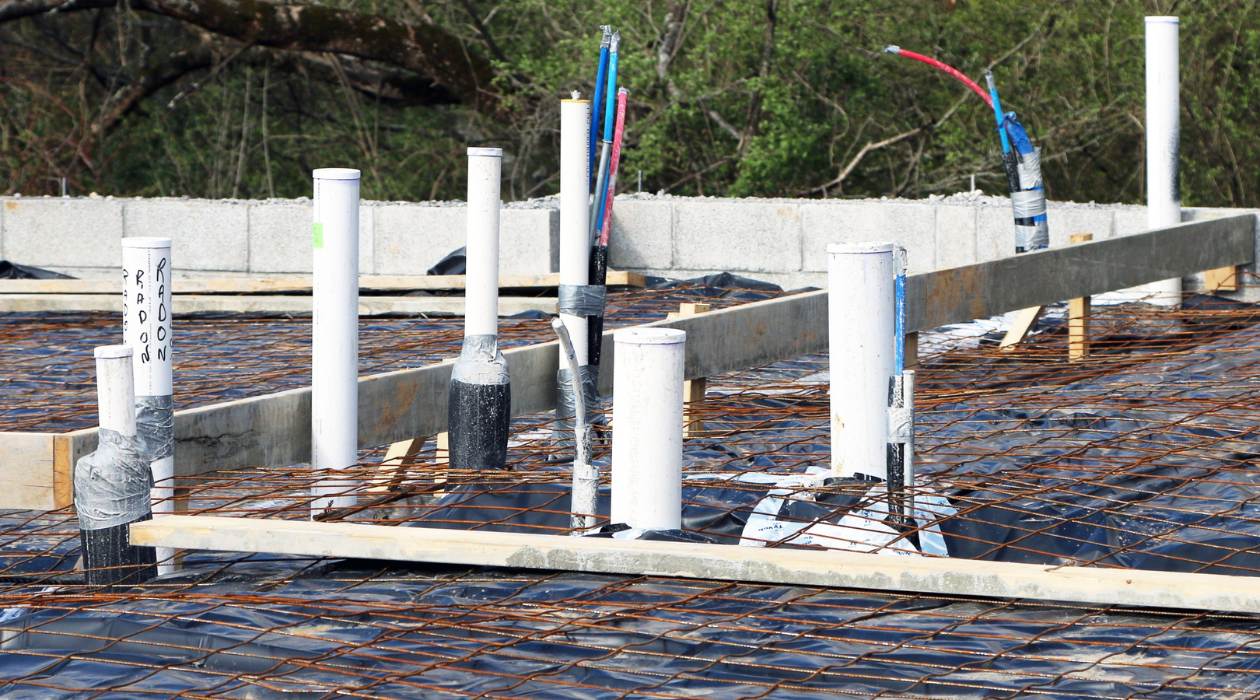

Articles
How Much Does It Cost To Rough-In Plumbing
Modified: January 19, 2024
Discover the average cost of rough-in plumbing in this informative article. Learn about the factors that can affect the total expenses and make an informed decision for your project.
(Many of the links in this article redirect to a specific reviewed product. Your purchase of these products through affiliate links helps to generate commission for Storables.com, at no extra cost. Learn more)
Introduction
Plumbing is an essential component of any building, whether it’s a residential home or a commercial property. The rough-in plumbing stage is a critical part of the overall plumbing installation process. It involves the installation of all the pipes and fittings that will eventually connect to fixtures such as sinks, toilets, showers, and bathtubs. Understanding rough-in plumbing and its associated costs is important for anyone considering a plumbing project.
During the rough-in phase, plumbers carefully plan and install the main water supply lines, drain lines, and vent lines. They also position the necessary valves and access points to ensure that the plumbing system functions properly. This stage is crucial because any mistakes or oversights can lead to costly repairs down the line.
When it comes to pricing rough-in plumbing, there are several factors to consider. The size and complexity of the project, as well as the location and accessibility of the plumbing lines, all play a role in determining the overall cost. Additionally, different materials and fixtures can impact the final price tag.
It’s important to remember that the cost of rough-in plumbing is just one aspect of the overall plumbing project. Other factors, such as the cost of fixtures, finishing touches, and labor, should also be taken into account. By understanding the cost breakdown of rough-in plumbing and considering any additional expenses, you can better budget for your plumbing project. Let’s dive deeper into these factors.
Key Takeaways:
- Understanding the cost breakdown of rough-in plumbing is crucial for effective budgeting. Factors such as project size, material selection, and compliance with regulations all play a role in determining the overall cost.
- When budgeting for rough-in plumbing, it’s essential to consider not only the cost of materials and labor but also additional expenses like fixtures, finishing work, and potential repairs. Proper planning and working with skilled professionals are key to a successful plumbing project.
Understanding Rough-In Plumbing
Before delving into the costs associated with rough-in plumbing, it’s important to have a clear understanding of what this stage entails. Rough-in plumbing refers to the initial installation of the plumbing system before walls, floors, and fixtures are put in place. It involves laying out and installing the necessary pipes and fittings that will connect to the fixtures.
During rough-in plumbing, the main water supply lines, drain lines, and vent lines are strategically placed. These lines are typically made of materials such as copper, PVC, or PEX. Copper is a durable option that provides excellent corrosion resistance, while PVC and PEX are more affordable and easier to install.
The placement of fixtures is marked, and the rough-in plumbing process ensures that the necessary connections are in place for fixtures such as sinks, toilets, showers, and bathtubs. Plumbers also install shut-off valves, cleanouts, and other necessary components to ensure the functionality and accessibility of the plumbing system.
This stage requires careful planning and precision to ensure that the plumbing system meets building codes and regulations, and functions efficiently. It’s crucial to work with experienced plumbers who have a thorough understanding of local codes and can accurately install the necessary plumbing components.
It’s important to note that rough-in plumbing is typically hidden behind walls, under floors, or in utility spaces. This means that once the rough-in plumbing is complete, it becomes challenging and costly to make changes or repairs. Therefore, proper planning and attention to detail during this stage is crucial to avoid any issues or future headaches.
Now that we have an understanding of what rough-in plumbing involves, let’s explore the factors that can influence the cost of this crucial plumbing stage.
Factors That Determine the Cost
The cost of rough-in plumbing can vary depending on several factors. Understanding these factors will give you a clearer idea of what to expect when it comes to budgeting for your plumbing project. Here are the key elements that influence the overall cost:
1. Size and Complexity of the Project: The size and complexity of the plumbing project significantly impact the cost. Larger buildings or properties with multiple floors and extensive plumbing requirements will naturally incur higher costs compared to smaller projects. The more complex the plumbing system, the more time and materials it will require, thereby increasing the overall cost.
2. Location and Accessibility: The location and accessibility of the plumbing lines also play a role in determining the cost. If the plumbing lines are easily accessible, it will be easier and quicker for the plumbers to install them, resulting in lower labor costs. However, if the plumbing lines need to be installed in hard-to-reach areas, such as tight crawl spaces or behind finished walls, the labor and time required will increase, leading to higher costs.
3. Material Selection: The choice of plumbing materials can impact the overall cost. Copper pipes are a popular choice due to their durability and resistance to corrosion, but they tend to be more expensive compared to alternatives like PVC or PEX pipes. Additionally, the type and quality of fittings, valves, and other components used will contribute to the overall cost.
4. Building Codes and Regulations: Compliance with local building codes and regulations is essential in any plumbing project. Meeting these requirements might involve additional steps or materials, which can increase the cost. It’s important to work with plumbers who are familiar with the specific codes in your area to ensure that the plumbing installation is up to standard.
5. Contractor Rates: The rates charged by plumbers or plumbing contractors can vary depending on their experience, expertise, and location. It’s advisable to obtain multiple quotes from different contractors to compare prices and ensure you’re getting a fair deal. However, it’s equally important to consider the qualifications and reputation of the contractor when making a decision.
By considering these factors, you can better estimate the cost of your rough-in plumbing project. However, it’s important to note that the cost breakdown will vary depending on individual circumstances. In the next section, we will explore a general breakdown of the cost components involved in rough-in plumbing.
When budgeting for a rough-in plumbing project, consider factors such as the size of the project, the type of materials needed, and the complexity of the installation. It’s also important to factor in labor costs and any necessary permits.
Cost Breakdown of Rough-In Plumbing
When it comes to rough-in plumbing, the cost breakdown typically includes several components. Understanding these cost elements will help you allocate your budget effectively. Here is a general breakdown of the costs involved:
1. Materials: The cost of materials is a significant portion of the overall expense. This includes pipes, fittings, valves, connectors, and other necessary components. The type of materials chosen, such as copper, PVC, or PEX, will influence the total cost. Additionally, the quantity of materials required depends on the size and complexity of the plumbing system.
2. Labor: Labor costs encompass the installation and assembly of the plumbing system. The complexity of the project, accessibility of the plumbing lines, and local labor rates will impact the labor cost. Generally, the more intricate the plumbing system and the longer it takes to install, the higher the labor expense.
3. Permits and Inspections: Obtaining the necessary permits for rough-in plumbing and undergoing inspections are important steps to ensure compliance with building codes. These permit fees and inspection costs should be factored into the overall budget for the project.
4. Equipment and Tools: Plumbers often require specialized equipment and tools to carry out rough-in plumbing. These include pipe cutters, wrenches, torches, and measuring devices. The cost of equipment and tools can vary, depending on the quality and specific requirements of the project.
5. Contingency Fund: It’s always wise to set aside a contingency fund for unforeseen expenses or changes that may arise during the rough-in plumbing process. This fund can cover any unexpected costs, such as adjustments to the layout, additional materials, or repairs that may be necessary.
It’s important to note that the cost breakdown can vary from project to project, and the percentages allocated to each component may vary based on individual circumstances. Consulting with a professional plumber and obtaining detailed quotes will provide a more accurate estimate tailored to your specific plumbing needs.
In addition to the cost breakdown, it’s also essential to consider other expenses that may arise during the rough-in plumbing phase. Let’s explore these additional expenses in the next section.
Additional Expenses to Consider
When budgeting for your rough-in plumbing project, it’s important to consider additional expenses that may arise. These expenses can affect the overall cost and should be taken into account for an accurate estimation of your project budget. Here are some additional expenses to consider:
1. Fixtures and Appliances: While rough-in plumbing focuses on the installation of the pipes and fittings, it’s important to remember that fixtures and appliances, such as sinks, toilets, showers, and bathtubs, will need to be purchased separately. The cost of these fixtures can vary depending on the brand, quality, and design you choose.
2. Finishing and Trim Work: After the rough-in plumbing is complete, the walls and floors will need to be finished. This may involve drywall installation, tiling, painting, and other finishing touches. The cost of these materials and labor should be factored into the overall budget for your project.
3. Electrical Work: In some cases, rough-in plumbing may require coordination with electrical work. This is especially true when installing fixtures that require electricity, such as whirlpool tubs or shower systems. Hiring an electrician and considering the cost of electrical components should be factored into the budget.
4. Repair and Replacements: If you are renovating an existing space or dealing with an older plumbing system, there may be unexpected repairs or replacements required during the rough-in process. This can include fixing damaged pipes, replacing outdated fittings, or addressing any issues that arise during the installation. It’s important to have a contingency fund available to cover these unforeseen expenses.
5. Permits and Inspections: While permits and inspections were mentioned in the cost breakdown section, it’s important to reiterate their significance. Obtaining the necessary permits and ensuring that the plumbing work passes inspections are crucial for code compliance and the safety of your property. While these costs are typically included in the overall project budget, they should not be overlooked.
By considering these additional expenses, you can better plan and allocate your budget for a successful rough-in plumbing project. It’s always advisable to consult with professionals and obtain detailed quotes to ensure an accurate estimation of the total costs.
Read more: How Much Does Plumbing Cost?
Conclusion
Rough-in plumbing is a crucial stage in any plumbing project, involving the initial installation of the plumbing system before fixtures and finishes are put in place. Understanding the cost factors associated with rough-in plumbing is essential for effective budgeting and planning. By breaking down the cost components, considering additional expenses, and obtaining detailed quotes, you can ensure a more accurate estimation of the overall cost of your plumbing project.
Factors such as the size and complexity of the project, the location and accessibility of the plumbing lines, the choice of materials, and compliance with local regulations all contribute to the final cost. It’s important to work with experienced plumbers who can provide guidance and ensure that the plumbing installation meets building codes and standards.
When budgeting for rough-in plumbing, it’s crucial to consider not only the cost of materials and labor but also additional expenses like fixtures, finishing work, electrical coordination, and potential repairs or replacements. Having a contingency fund is recommended to handle any unexpected costs that may arise during the project.
Remember to obtain multiple quotes from reputable plumbing contractors and consider their qualifications and expertise when making a decision. It’s also important to communicate openly with your chosen plumber and keep track of any changes or adjustments that may impact the overall cost.
Proper planning, budgeting, and working with skilled professionals will help ensure the success of your rough-in plumbing project. By understanding the costs involved and considering all necessary factors, you can achieve an efficient and functional plumbing system that meets your needs and adheres to quality standards.
In conclusion, while rough-in plumbing may seem like a complex and potentially costly endeavor, with careful consideration and proper preparation, you can navigate the process smoothly and achieve a well-functioning plumbing system for your property.
Frequently Asked Questions about How Much Does It Cost To Rough-In Plumbing
Was this page helpful?
At Storables.com, we guarantee accurate and reliable information. Our content, validated by Expert Board Contributors, is crafted following stringent Editorial Policies. We're committed to providing you with well-researched, expert-backed insights for all your informational needs.
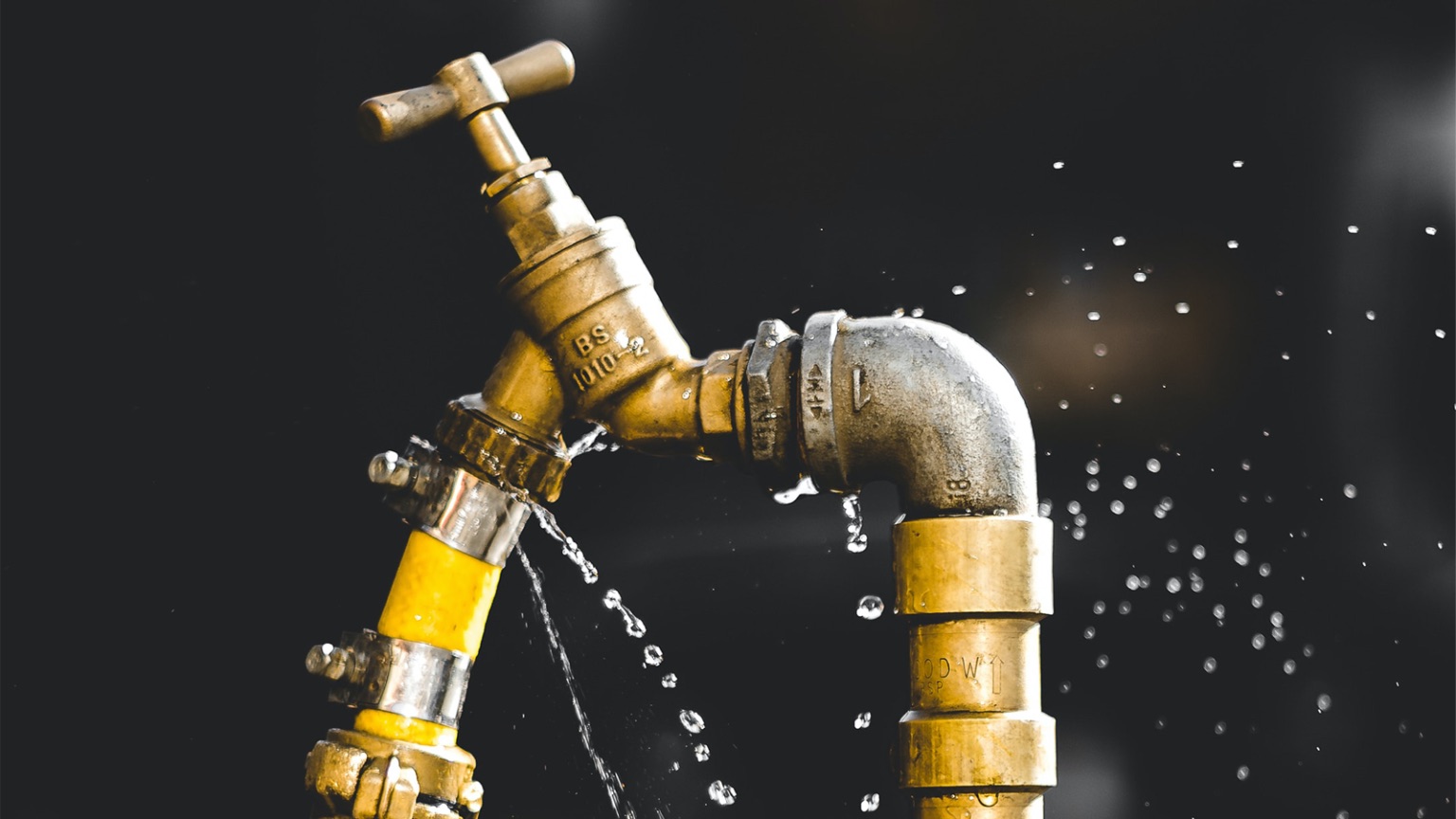
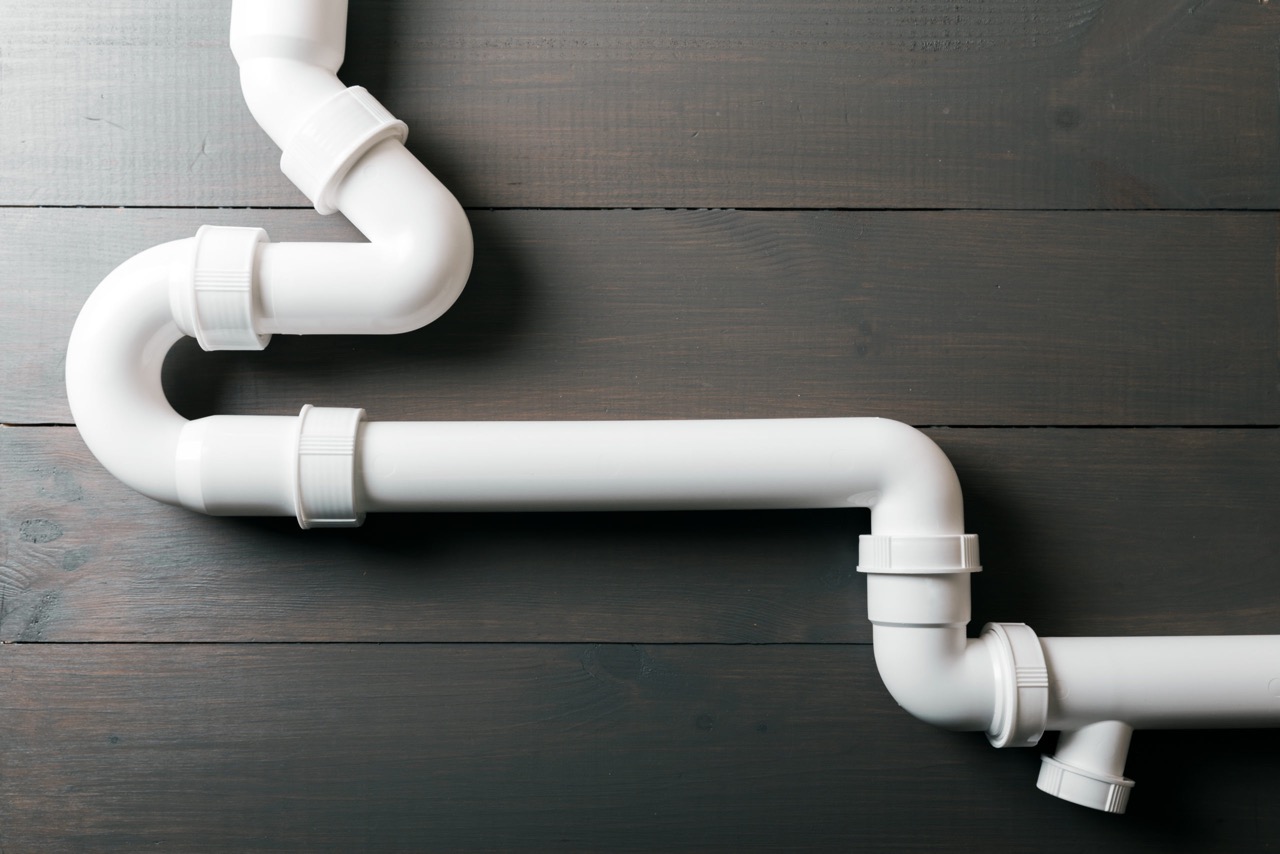
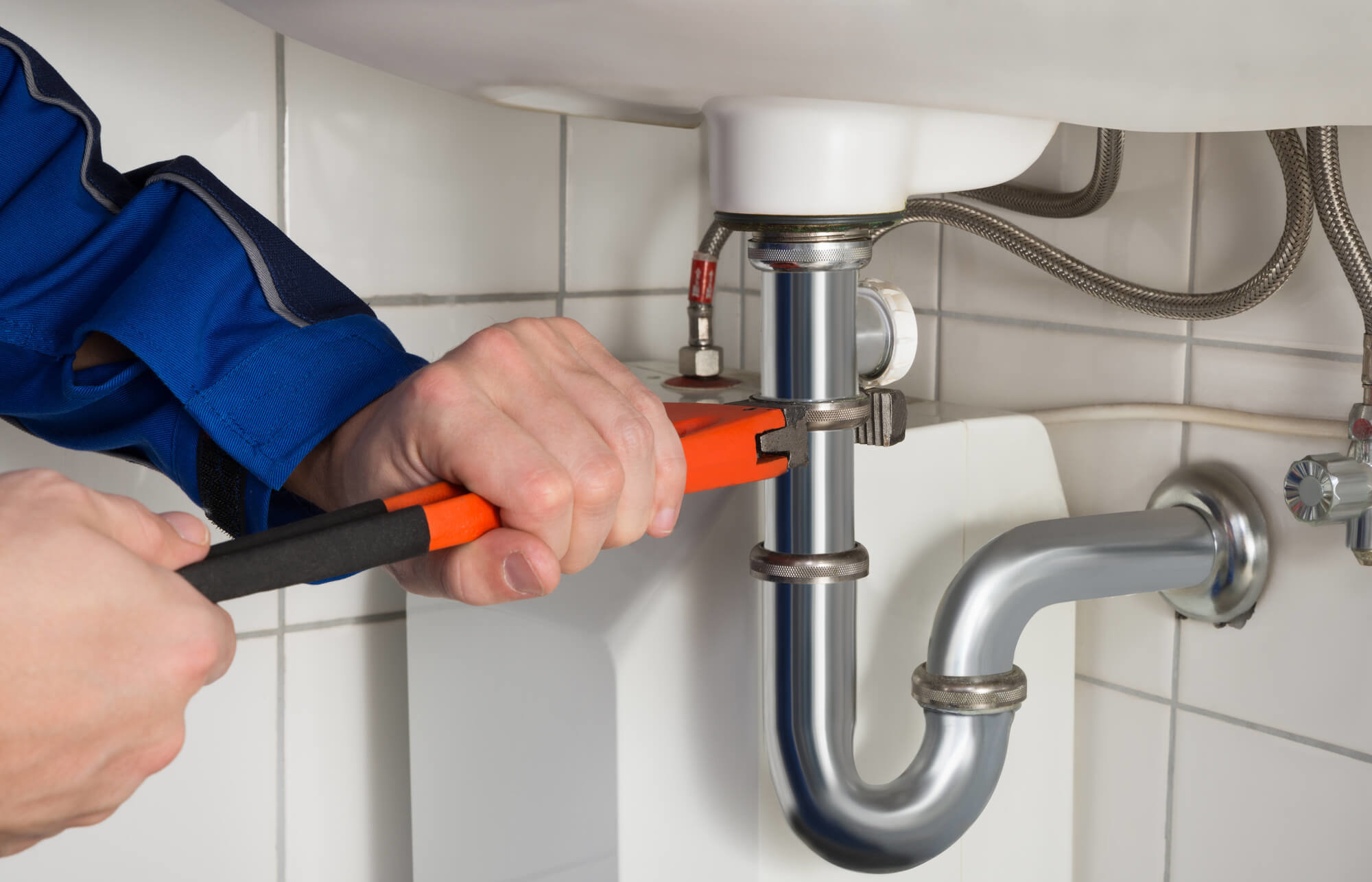
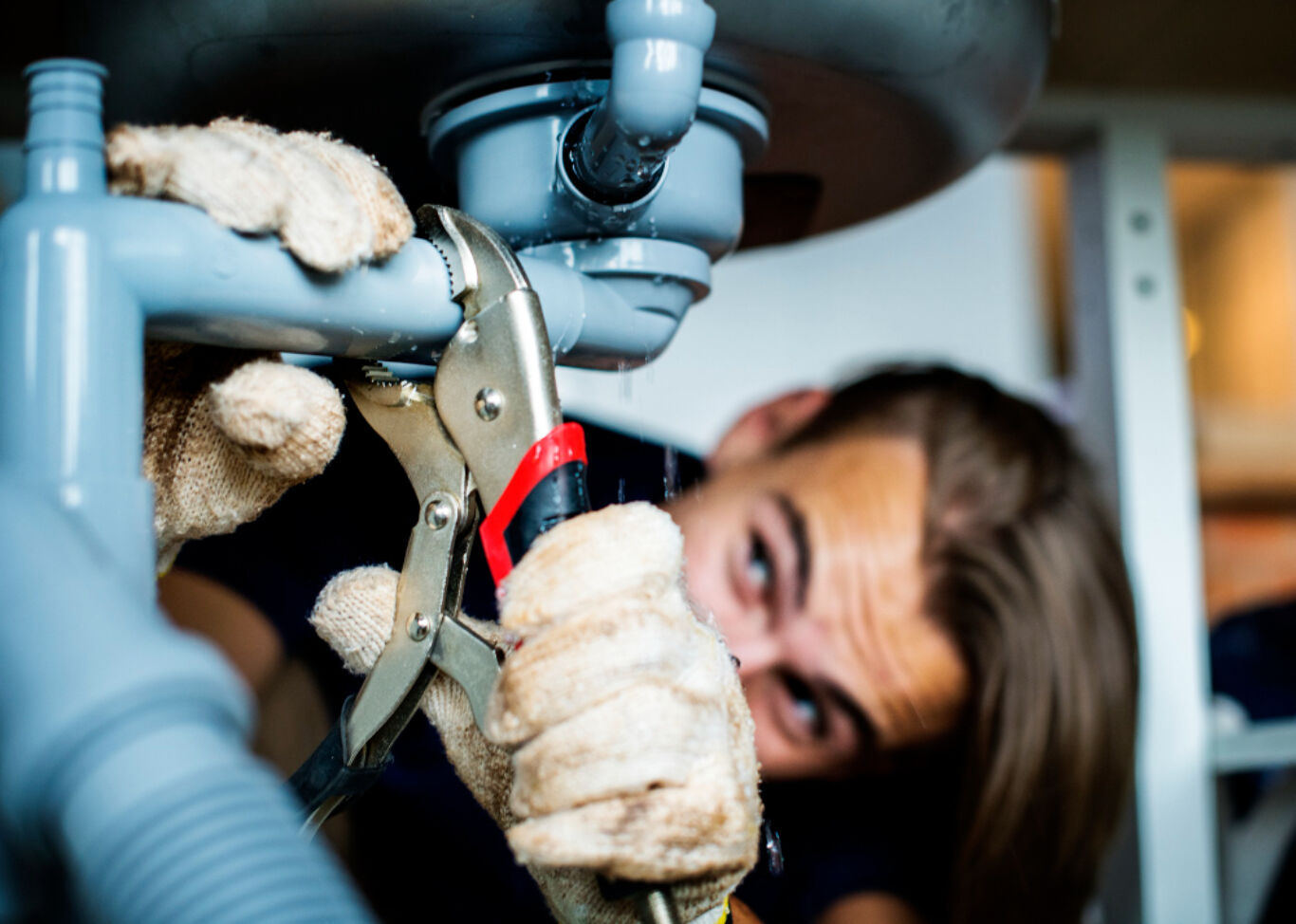
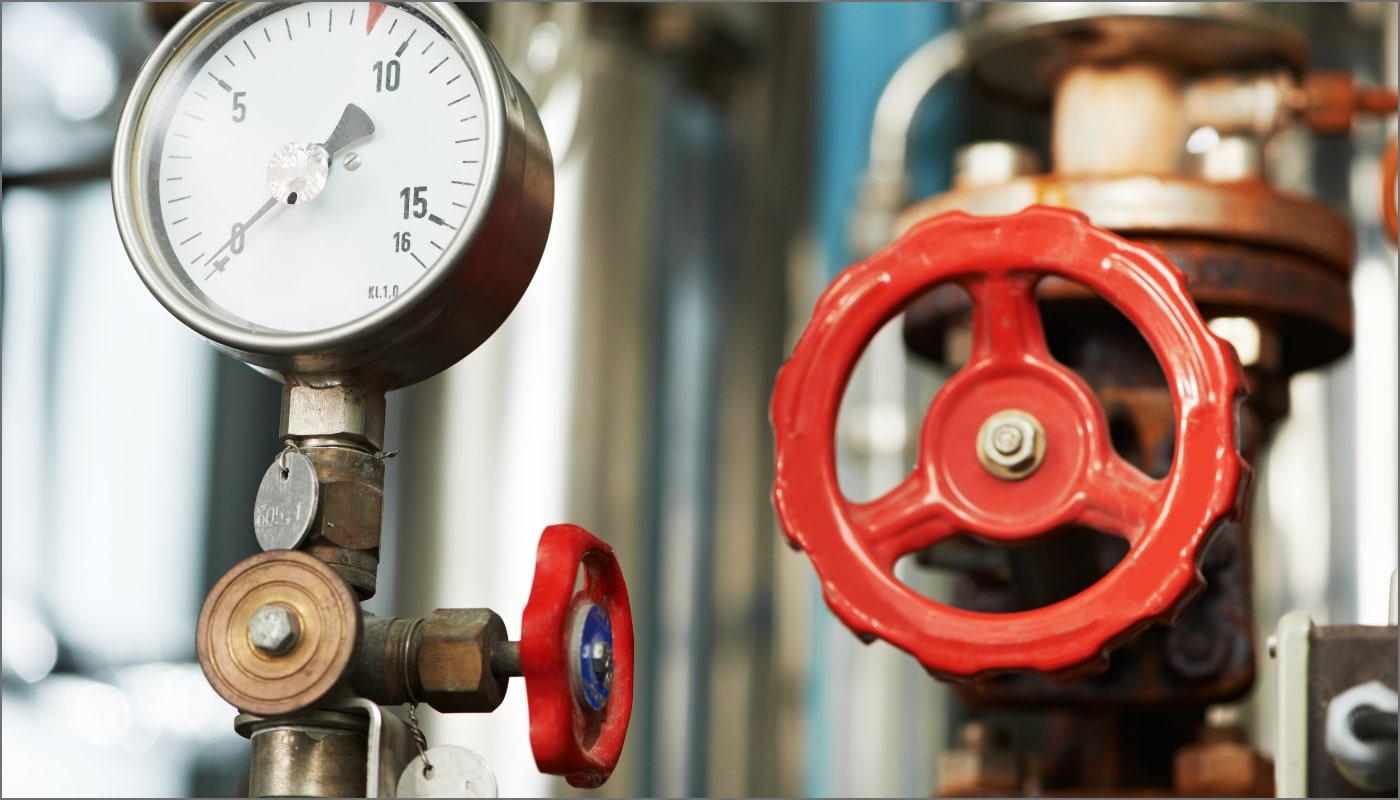

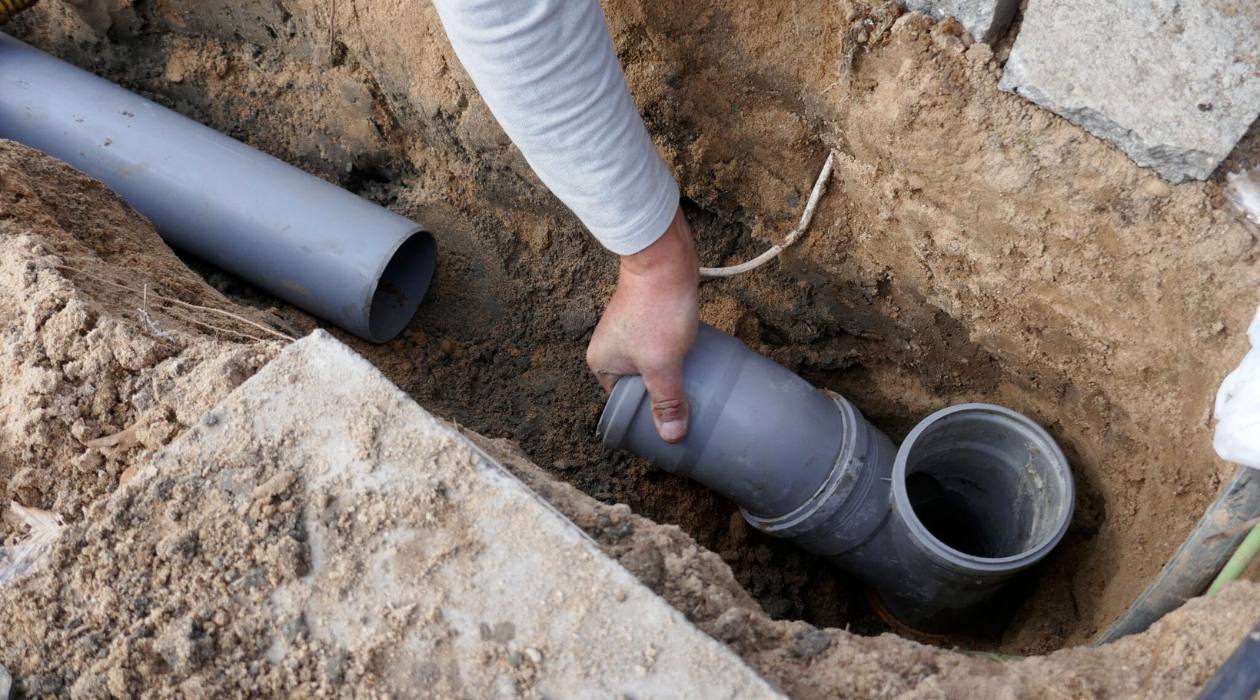
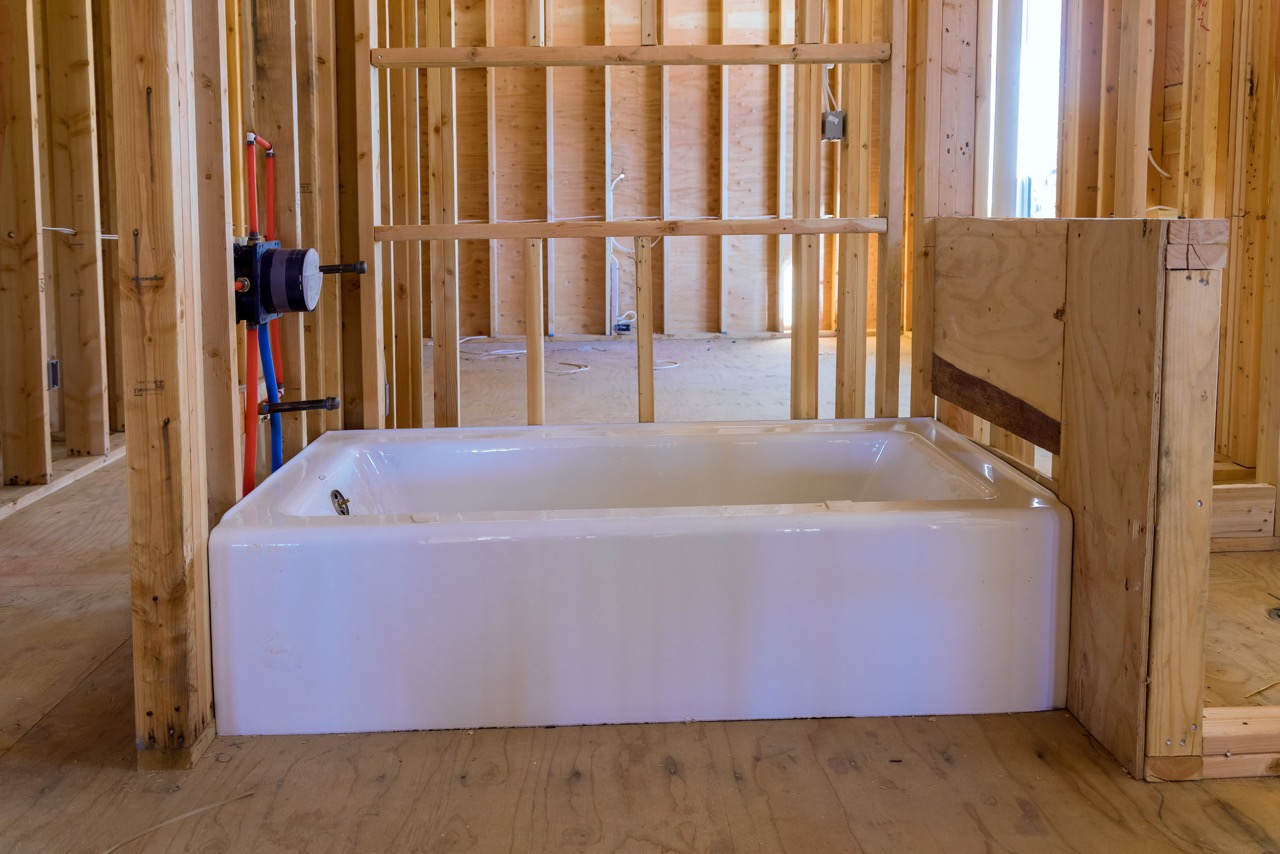
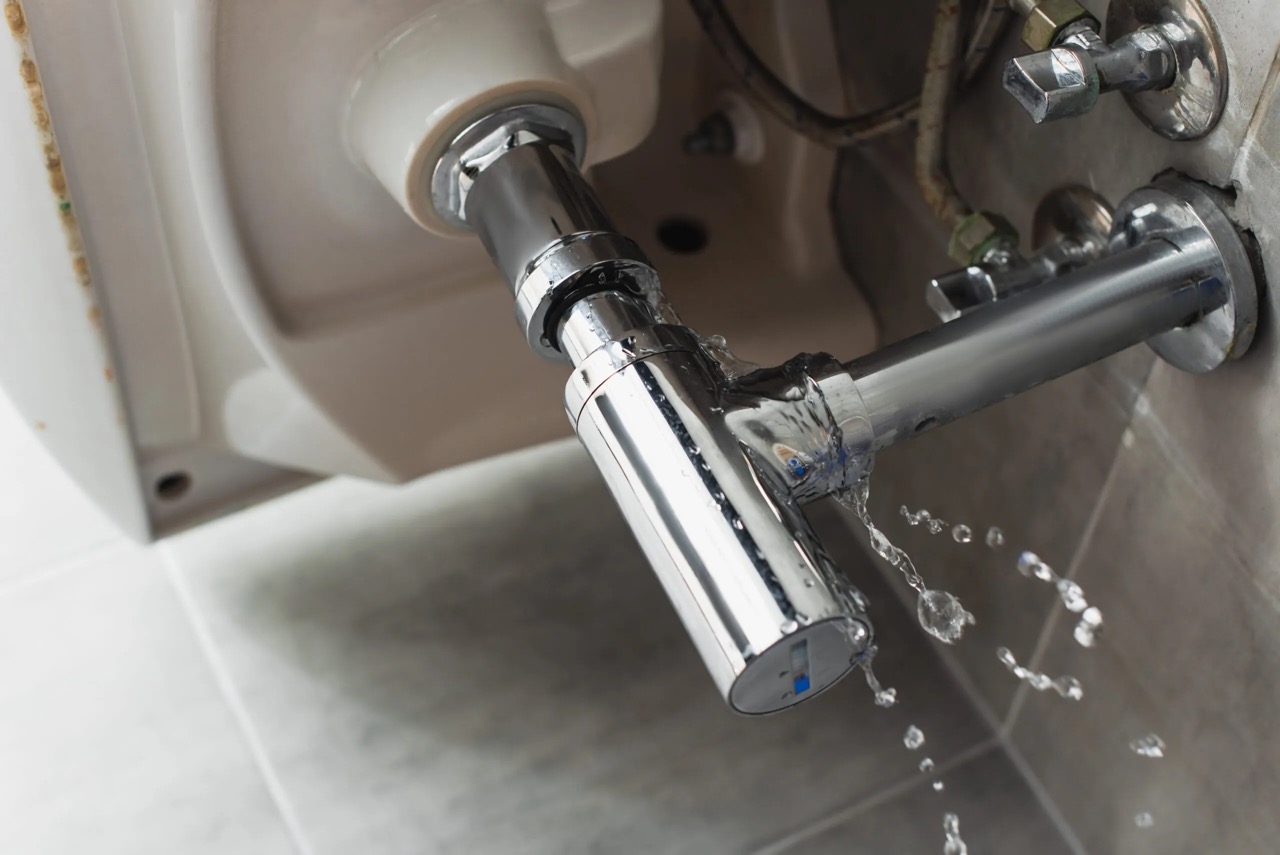
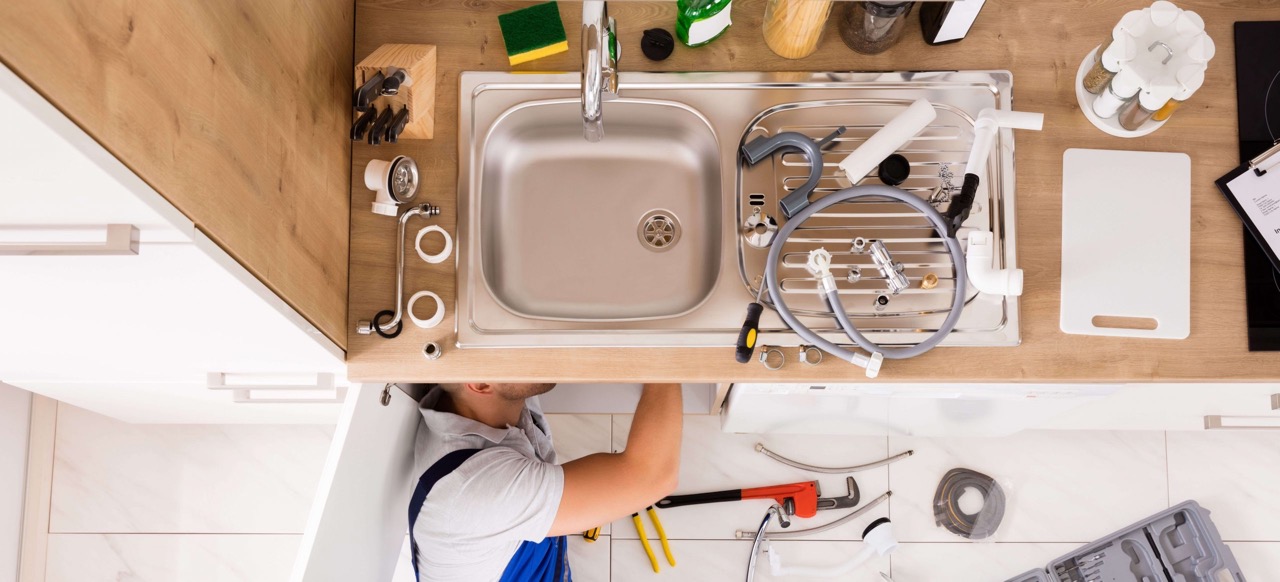
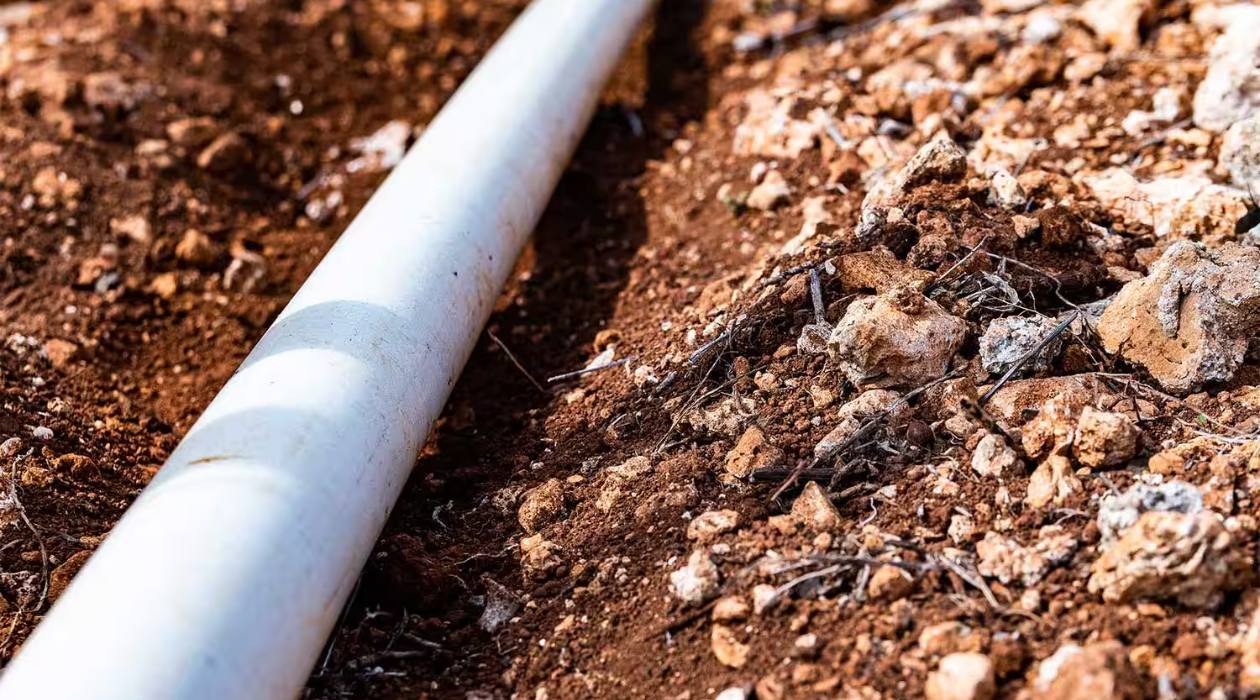
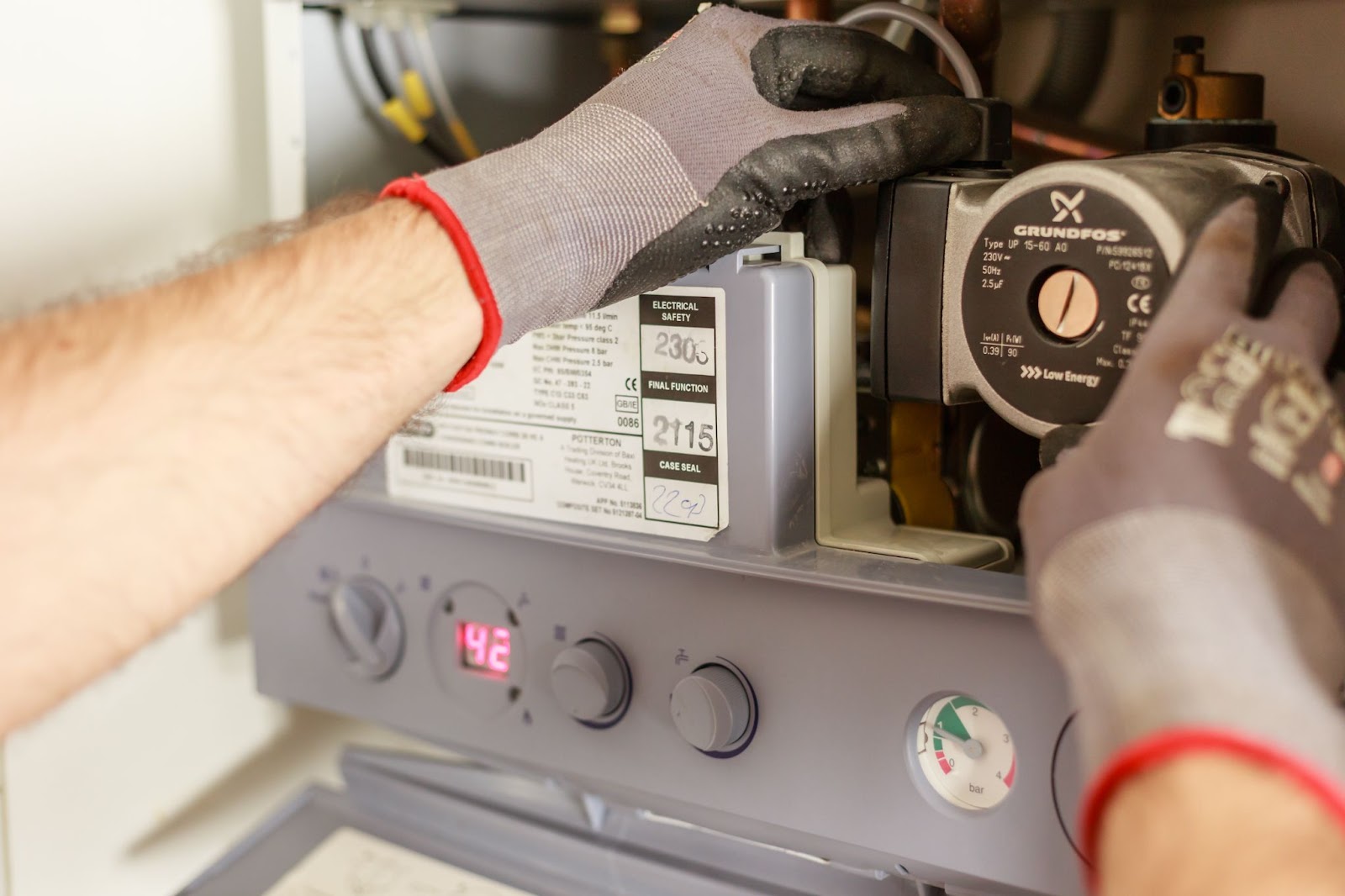
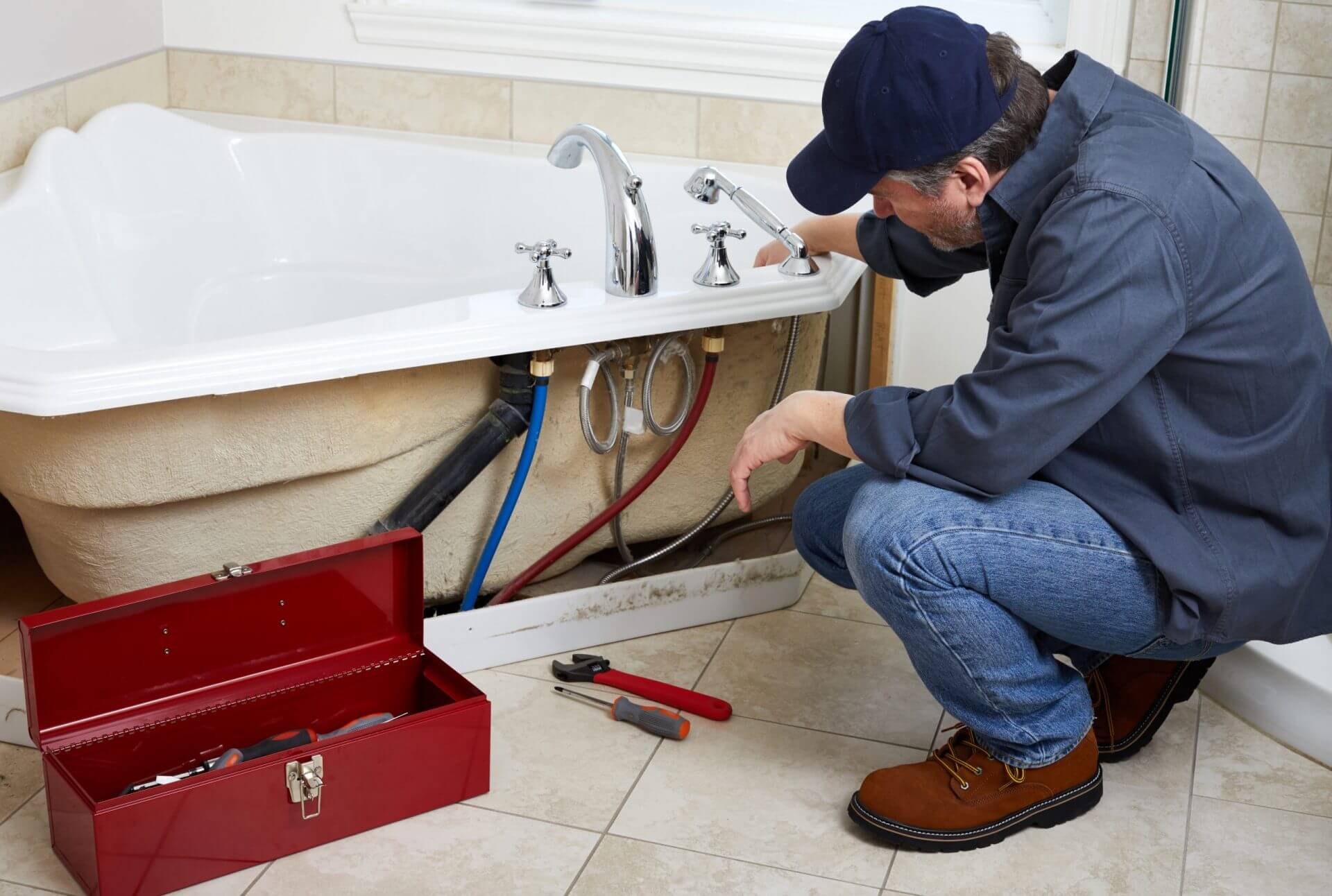
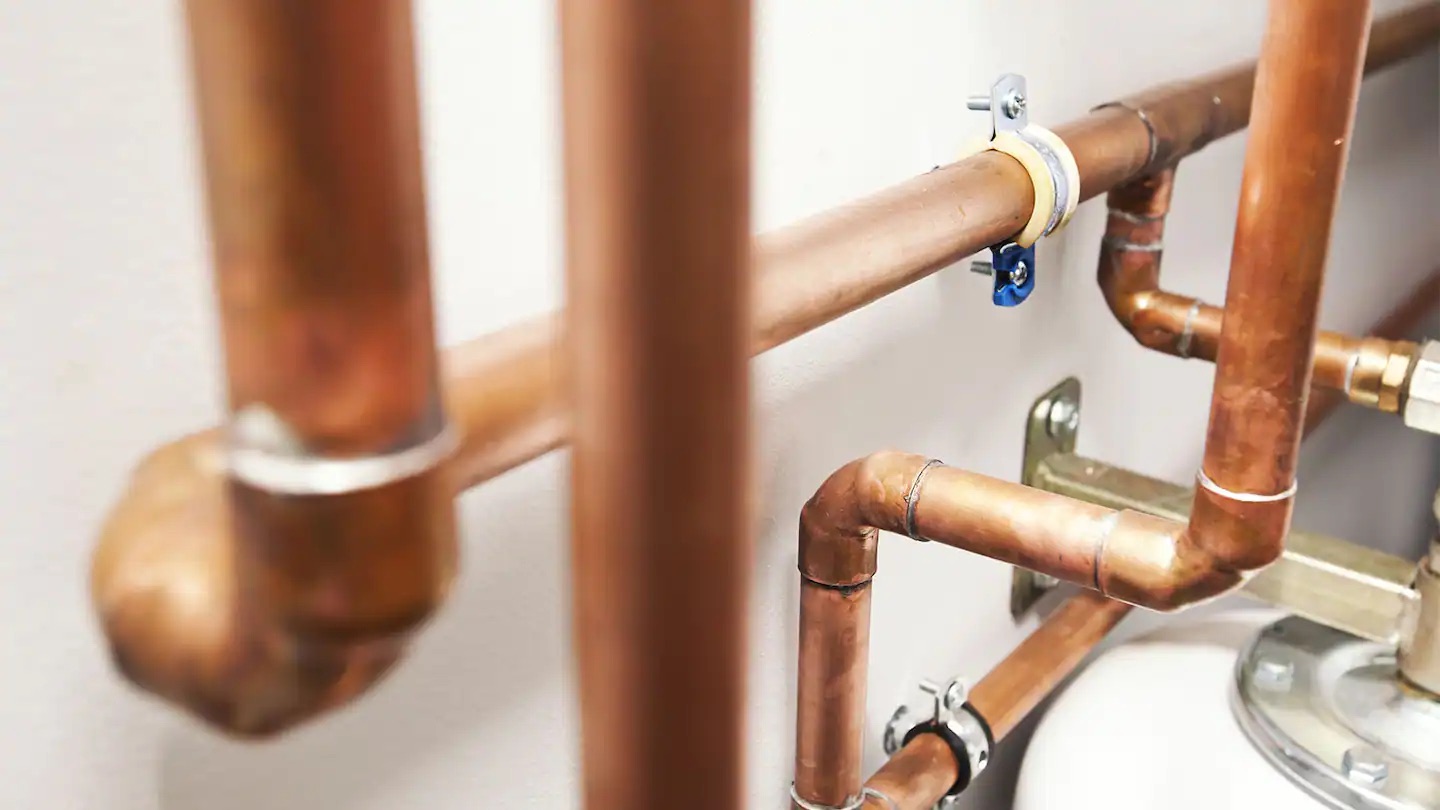

0 thoughts on “How Much Does It Cost To Rough-In Plumbing”